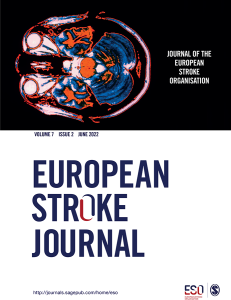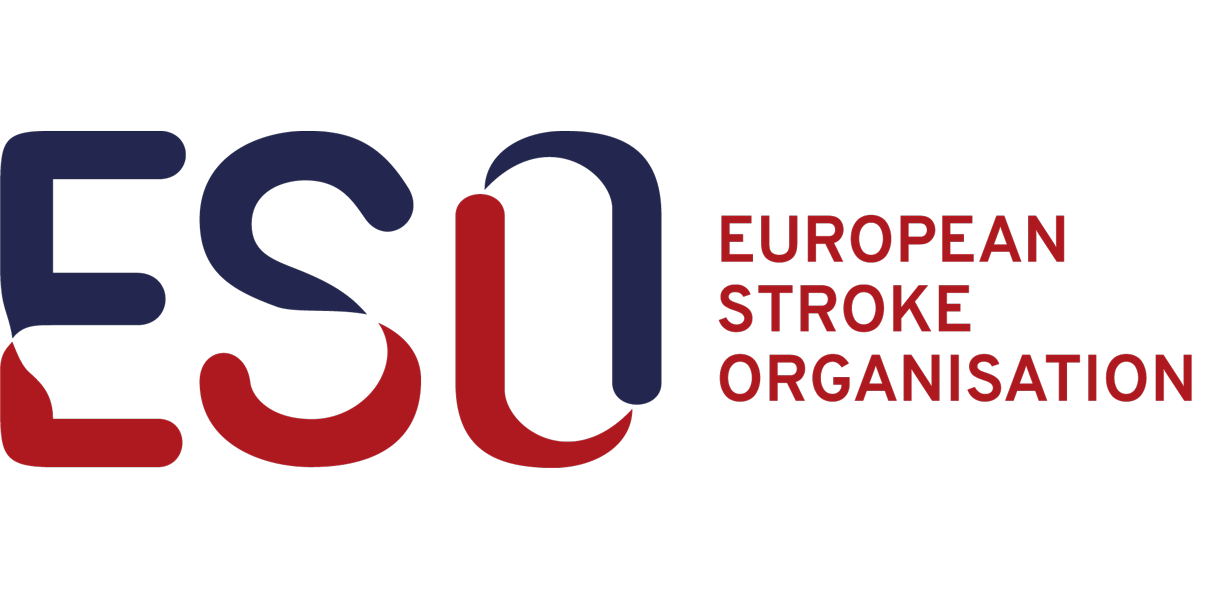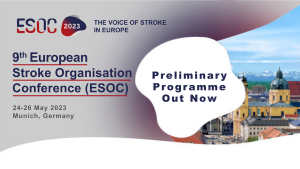Lina Palaiodimou, MD
Second Department of Neurology, “Attikon” University Hospital, National and Kapodistrian University of Athens, Greece
Twitter: @LinaPalaiodimou
Original article: Prognostic significance of atrial cardiopathy in patients with acute ischemic stroke. European Stroke Journal. DOI: 10.1177/23969873221126000

Atrial cardiopathy constitutes of several functional and/or structural disorders of the left atrium, including – but not limited to – fibrosis, low atrial appendage ejection velocity, left atrial hypertrophy and enlargement, and, finally, atrial fibrillation (AF) development. Not surprisingly, several markers of atrial cardiopathy have been incorporated in risk stratification scores, such as the PROACTIA score, that may be used in clinical practice for the selection of post-stroke patients that could benefit from more prolonged cardiac rhythm monitoring for AF detection. Yet, atrial cardiopathy has also been related with ischemic stroke occurrence, regardless of clinically apparent AF, underscoring the presence of thromboembolic risk due to abnormal atrial substrates even before AF develops.
In the present study, the investigators assessed different atrial cardiopathy markers, including increased P-wave terminal force in V1 (PTFV1), advanced interatrial block (aIAB), prolonged P-wave duration, prolonged P-wave dispersion, paroxysmal supraventricular tachycardia, premature atrial contractions, prolonged PR interval, and severe left atrial enlargement, in a large cohort of 14,146 patients with acute ischemic stroke, derived from a nationwide, prospective registry in China, the Third China National Stroke Registry. Through multivariable analysis, an independent association of increased PTFV1 and aIAB with all-cause mortality at 1-year post-stroke emerged (adjusted HR 1.70; 95% CI: 1.18–2.45 and adjusted HR 1.47; 95% CI: 1.14–1.91, respectively). Importantly, this association remained significant even after excluding the patients that had AF (either previously known or newly detected during hospitalization). Furthermore, stroke patients with both those markers presented higher all-cause mortality compared to patients that had only one or none of the two markers (log-rank test, p < 0.01).
When vascular mortality was assessed, PTFV1 was found to be the only associated biomarker in the subset of patients that were not diagnosed with AF (adjusted HR 2.03; 95% CI: 1.13–3.66).
In addition, increased PTFV1 was also related with stroke recurrence at 1 year among the total population (adjusted HR 1.54; 95% CI: 1.22–1.96), with this significant association persisting even after patients with AF were excluded.
Following these results, the investigators proceeded with adding those atrial cardiopathy markers in the iScore and in the Essen Stroke Risk Score and found that the ability of these scores in predicting mortality and ischemic stroke recurrence, respectively, was slightly improved.
This is the largest to-date study, based on prospectively collected data, that depicts the association of atrial cardiopathy markers with post-stroke mortality and stroke recurrence, irrespective of AF detection. Whether the routine screening and evaluation of these atrial cardiopathy markers could trigger further management strategies (such as intensifying AF monitoring, reducing the potential thromboembolic risk or halting the progression of atrial cardiopathy) and ultimately lead to improvement of stroke prognosis remain to be elucidated.
—
Conflict of interest statement
Dr. Palaiodimou reports no conflicts of interest.
ESOC is Europe’s leading forum for advances in research and clinical care of patients with cerebrovascular diseases. ESOC 2023 will live up to its expectation, and present to you a packed, high quality scientific programme including major clinical trials, state-of-the-art seminars, educational workshops, scientific communications of the latest research, and debates about current controversies. ESOC 2023 preliminary programme is now available, and registration and abstract submission will open on 2 November 2022. Learn more here.



